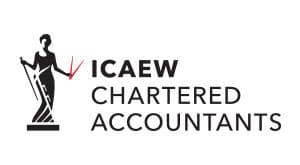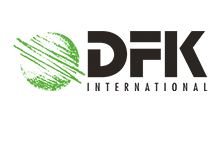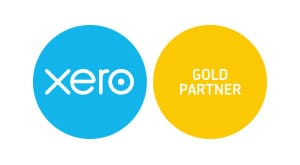The government have confirmed the final details of the flexible furlough scheme. Thankfully, there are no major changes from the announcement made by the Chancellor on 29 May.
From 1 July, employers can start to bring furloughed staff back to work on a part time basis should they wish, with the scheme ultimately drawing to an end by October of this year. The flexible furlough is a new scheme and it brings to an end the existing furlough scheme. As a result, it should be noted that any furlough claims for any period to 30 June must be made by 31 July 2020.
From 1 July the new flexible scheme will commence. Under the new flexible scheme employees can be brought back to work on a part time basis with a claim made to top up their income. From this date all furlough claims should be made for the calendar month, or part thereof, only. For employees usually paid on a weekly basis, a furlough claim can be made for every 7 day period, but no claims may overlap dates. This means that if employees are paid on different dates, all furloughed employees should be included on each claim even if they are not actually paid in that period.
In addition, no claims should straddle a calendar month end due to the changes in the Scheme.
The claims themselves may continue to be made by the employer up to 14 days in advance of the usual claim period end date (often the end of the calendar month), although the first claim for July can only be made from 1 July for employees paid more frequently than monthly, or if they are paid at an earlier date in the month.
Before making any claims, employers should be certain of the number of hours that the furloughed employees in question will have worked, in order to prevent having to repay part of the grant to HMRC.
Due to the flexible furlough arrangements, employers will also from July be required to provide the following additional information on all claims:
- Usual hours that would have been worked in the period
- Actual hours worked by employees that have been flexibly furloughed
Payments of claims are expected to be made 6 working days after the claim has been made.
In terms of the employees that can be furloughed from 1 July, the Government has confirmed that any employees who have been furloughed for a minimum of 3 consecutive weeks at any time between 1 March and 30 June 2020 will be eligible for the flexible furlough arrangements. However, the maximum number of employees on any one furlough claim from 1 July cannot exceed the maximum number of employees claimed for on any previous claim in the 4 months ending 30 June 2020.
Employees not previously furloughed, but returning from parental leave after 1 July, may also be furloughed from that date.
Flexibility
From 1 July, employers will be able to bring employees back to work for any amount of time in any work pattern – there is no minimum period of furlough required from 1 July. Employees may also remain fully furloughed during this time. As before, any flexible furlough agreement reached with employees should be made in writing and kept as part of the records of the business for at least 6 years.
For any time worked by the employee, employers will be required to pay the full normal wage according to the employee’s contract. This will also apply to any hours taken as annual leave.
In July, for any time that an employee is furloughed, the claim made to HMRC for the furlough grant will be 80% of the normal wage for that period, capped at £2,500, but reduced proportionally for any hours worked. Various changes are being made to the Grant with effect from 1 August as detailed below. The employer may, if it wishes, continue to top up salaries whilst an employee is furloughed, although this remains the choice of the employer.
An online calculator is available to work out the flexible furlough claim here.
Changes to grants over the next 4 months
The grants paid to employers will be gradually reduced as follows:
- July: Grant will remain at 80% of gross wages to a maximum of £2,500 plus employer’s NI and pension contributions, for the hours that the employee does not work.
- August: Grant will remain at 80% of gross wages up to a maximum of £2,500, but not include the employer’s NI or pension contributions, for the hours that the employee does not work. Employers will pay the employer’s NI and pension contributions.
- September: Grant will reduce to 70% of gross wages up to a maximum of £2,187.50, but not include the employer’s NI or pension contributions, for the hours that the employee does not work. Employers must pay 10% of the gross wages of furloughed employees, plus all employer’s NI and pension contributions.
- October: Grant will reduce to 60% of gross wages up to a maximum of £1,875, but not include the employer’s NI or pension contributions, for the hours that the employee does not work. Employers must pay 20% of the gross wages of furloughed employees, plus all employer’s NI and pension contributions.
Due to the reduction in the available grants under the flexible scheme we recommend that businesses should consider their cashflow requirements over at least the next 6 months as the furlough scheme begins to reduce, which will highlight whether any further funding is required – perhaps using the Bounce Back Loan Scheme or Coronavirus Business Interruption Loan Scheme.
Please contact you usual RPG contact should you have any questions on the above or would like to discuss the implications.








 Production
Production
